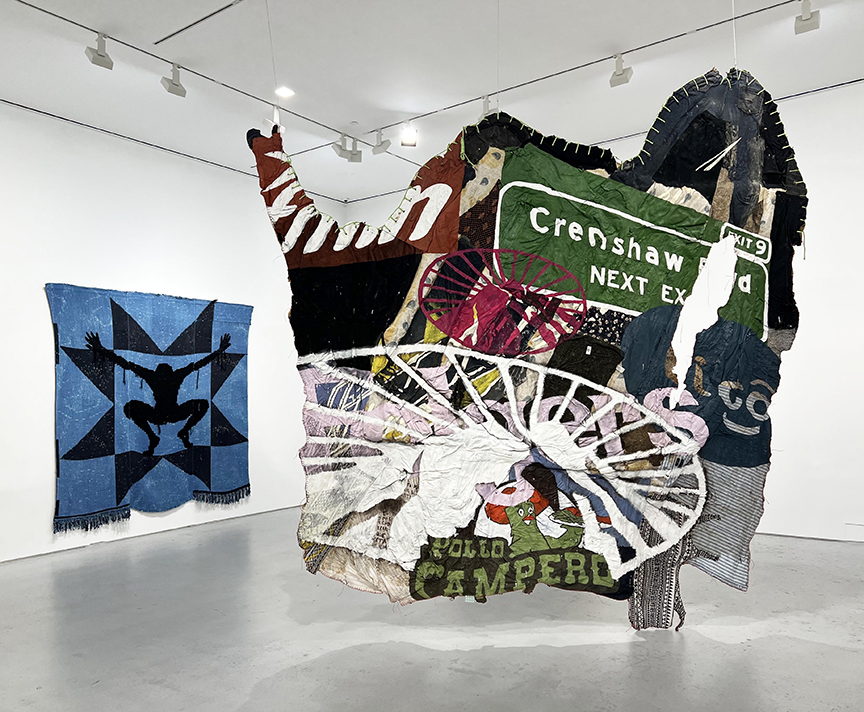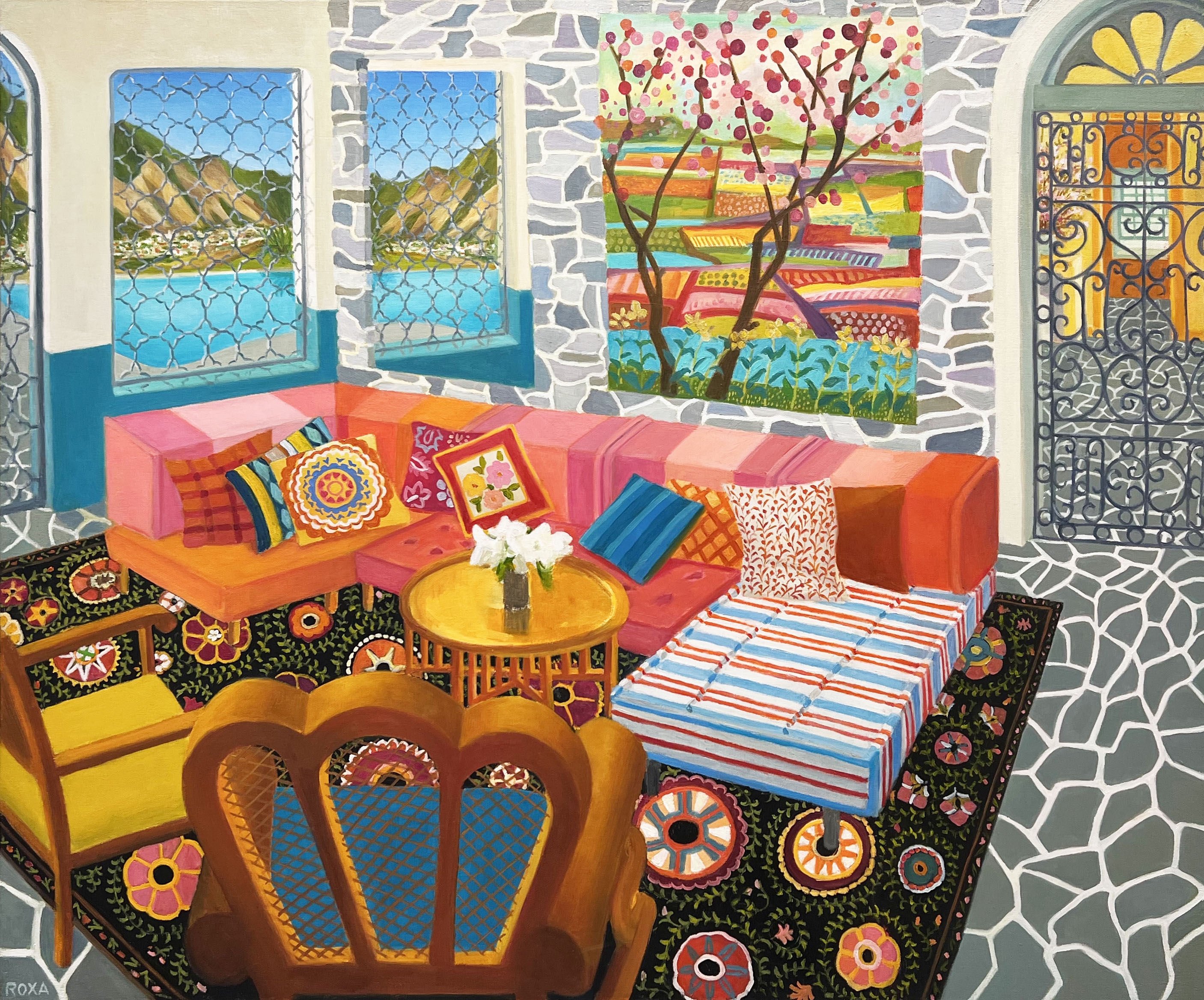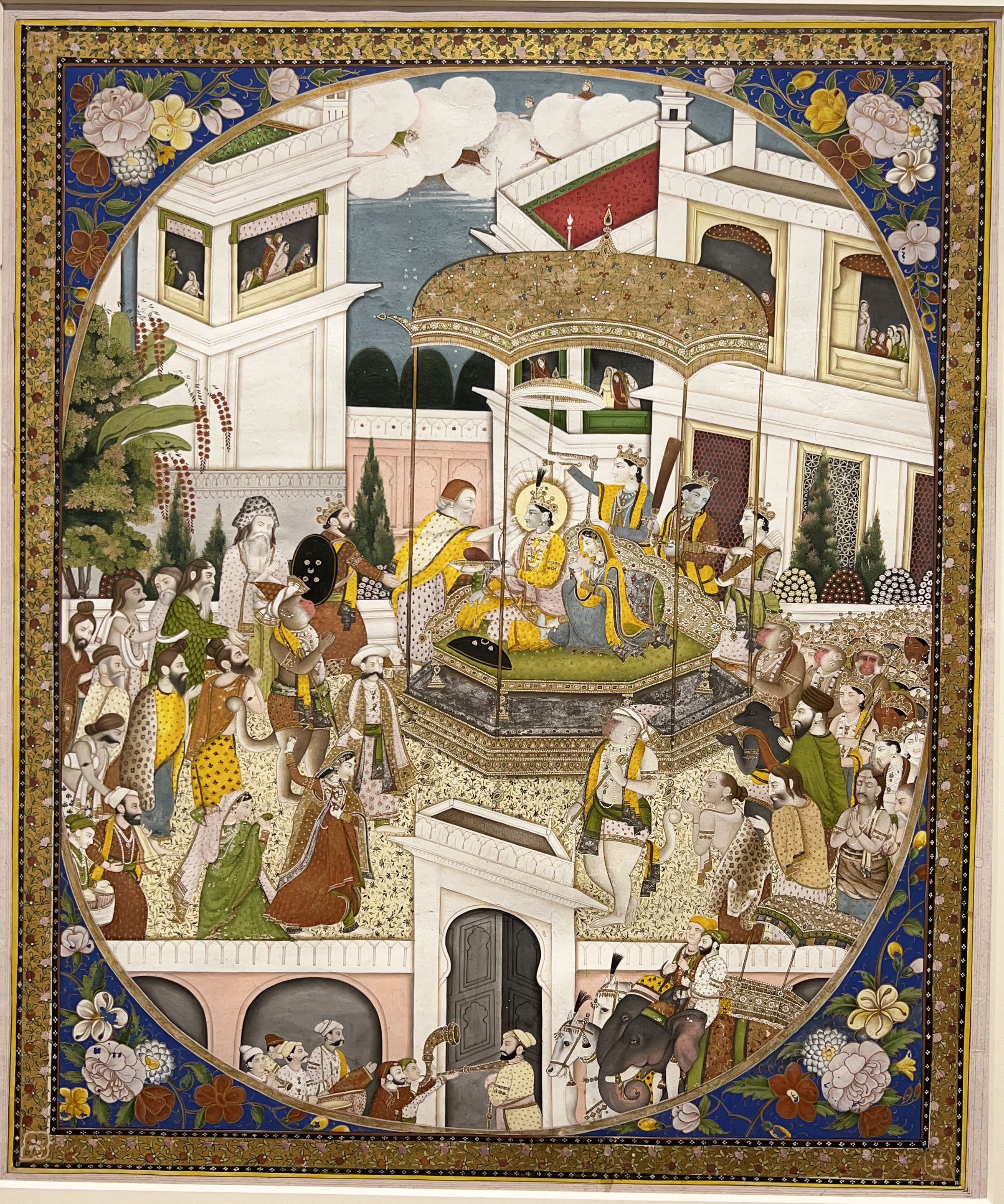The artists in ‘say the dream was real and the wall imaginary,’ Jane Lombard Gallery’s excellent group exhibition organized by curator and critic Joseph R. Wolin, deftly negotiate cultural boundaries in contexts that vary from imaginary cities to remote villages. Margarita Cabrera’s cacti are a standout; known for her ongoing collaborations with immigrants in the Southwestern U.S., Cabrera creates plants crafted from border patrol uniforms and invites Mexican migrants to embroider them with emblems that communicate personal histories. Featuring designs including an American flag, stick figure portraits of family members, a church building and more, the sculptures communicate shared values and dreams. (On view through April 23rd in Tribeca).




